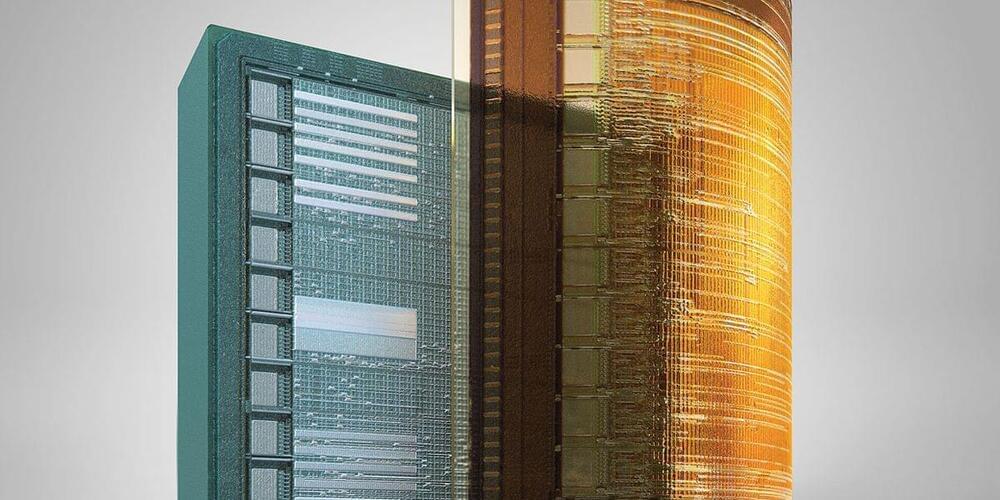Scientists used a technique called ‘active syndrome extraction’ to build four logical qubits from 30 physical ones and run 14,000 experiments without detecting a single error.
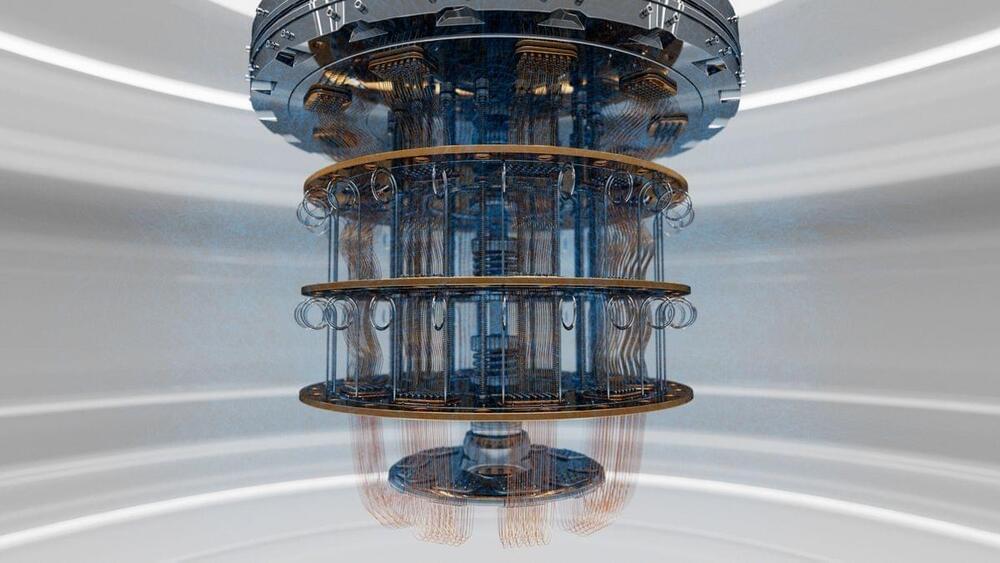

A theory of consciousness should capture its phenomenology, characterize its ontological status and extent, explain its causal structure and genesis, and describe its function. Here, I advance the notion that consciousness is best understood as an operator, in the sense of a physically implemented transition function that is acting on a representational substrate and controls its temporal evolution, and as such has no identity as an object or thing, but (like software running on a digital computer) it can be characterized as a law. Starting from the observation that biological information processing in multicellular substrates is based on self organization, I explore the conjecture that the functionality of consciousness represents the simplest algorithm that is discoverable by such substrates, and can impose function approximation via increasing representational coherence. I describe some properties of this operator, both with the goal of recovering the phenomenology of consciousness, and to get closer to a specification that would allow recreating it in computational simulations.

In science fiction, holograms are used for anything from basic communications to advanced military weaponry. In the real world, 3D holographic displays have yet to break through to everyday products and devices. That’s because creating holograms that look real and have significant fidelity requires laser emitters or other advanced pieces of optical equipment. This situation has stymied commercial development, as these components are complex and expensive.
More recently, research scientists were able to create realistic 3D holographic images without lasers by using a white chip-on-board light-emitting diode. Unfortunately, that method required two spatial light modulators to control the wave fronts of the emitted light, adding a prohibitive amount of complexity and cost.
Now, those same scientists say they have created a simpler, more cost-effective way to create realistic-looking 3D holographic displays using only one spatial light modulator and new software algorithms. The result is a simpler and cheaper method for creating holograms that an everyday technology like a smartphone screen can emit.

From twenty old computer motherboards, it recovered a 450-milligram nugget.
Learn more about the role of critical minerals in the World Economic Forum’s report:
Mint ETH Zürich
This report identifies 10 high-priority risk management strategies for access to minerals essential for the ongoing energy transition.

This post is also available in:  עברית (Hebrew)
עברית (Hebrew)
Analyzing and storing large amounts of data requires a lot of energy, so the future of technology might hold a different approach to data storage. At least, that is what Professor Søren Brunak from the University of Copenhagen thinks.
Brunak states that while Denmark is one of the best in the world at health data, analyzing and storing huge amounts of health data comes at a climate cost. “We have begun to consider the carbon footprint of bioinformatics and CO2 emissions resulting from data analysis,” he adds.
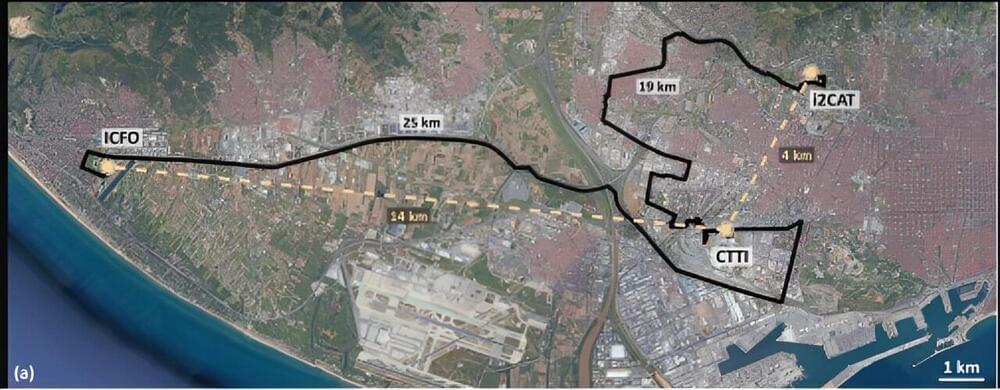
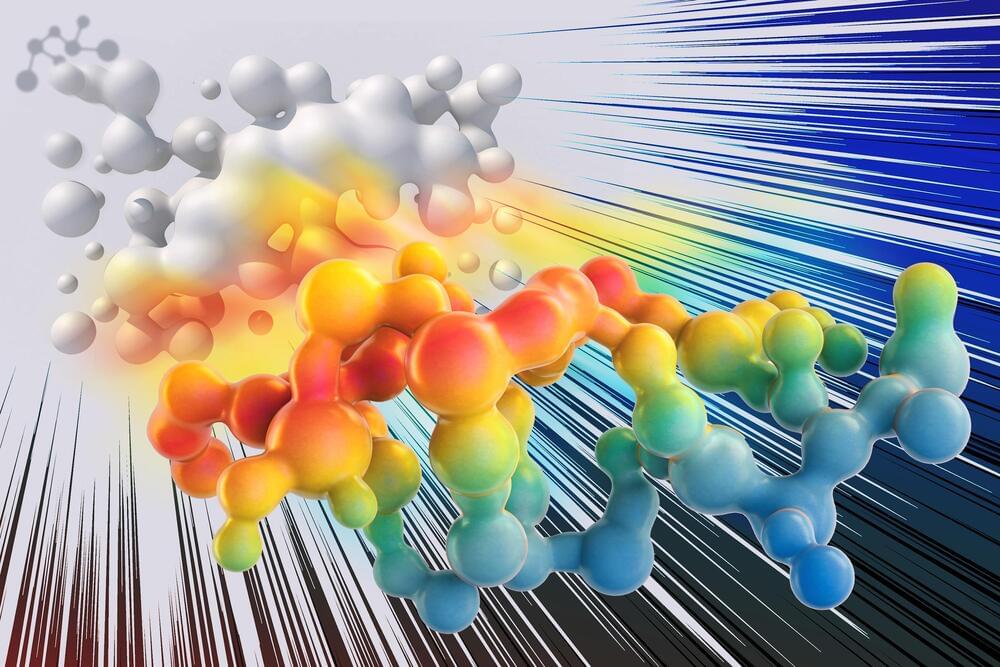
To engineer proteins with useful functions, researchers usually begin with a natural protein that has a desirable function, such as emitting fluorescent light, and put it through many rounds of random mutation that eventually generate an optimized version of the protein.
This process has yielded optimized versions of many important proteins, including green fluorescent protein (GFP). However, for other proteins, it has proven difficult to generate an optimized version. MIT researchers have now developed a computational approach that makes it easier to predict mutations that will lead to better proteins, based on a relatively small amount of data.
Using this model, the researchers generated proteins with mutations that were predicted to lead to improved versions of GFP and a protein from adeno-associated virus (AAV), which is used to deliver DNA for gene therapy. They hope it could also be used to develop additional tools for neuroscience research and medical applications.
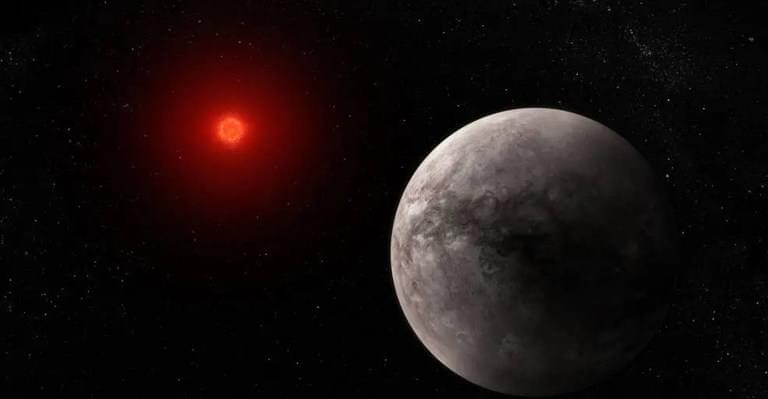
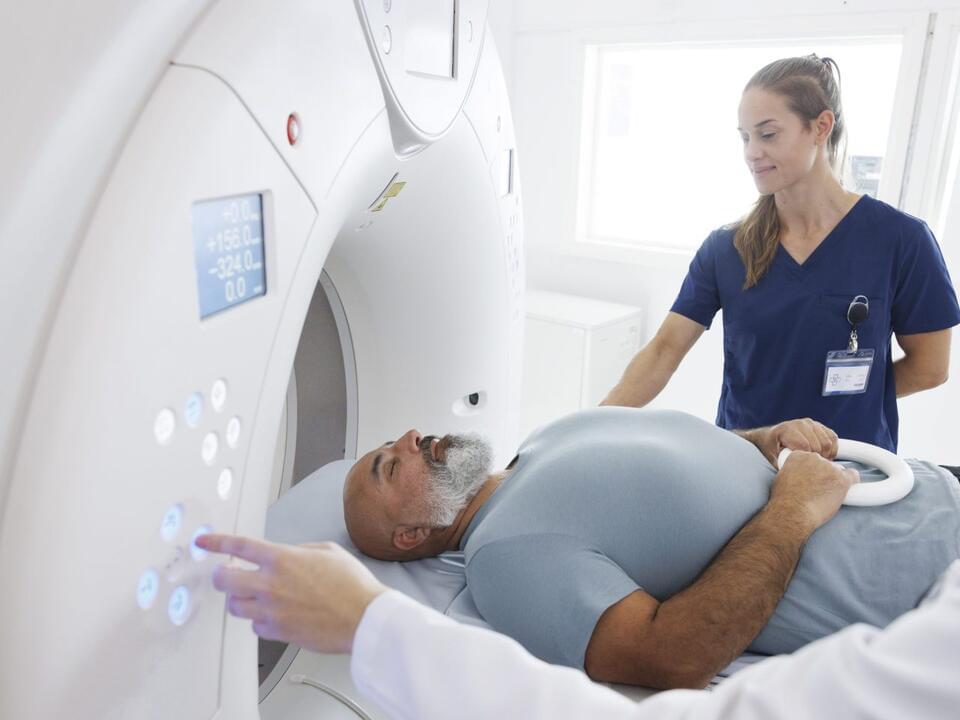
Whereas traditional colonoscopy involves snaking a camera called a colonoscope through your colon and rectum, a CT colonography, or virtual colonoscopy, consists of X-rays and a computer creating 3D images of these organs.
If you’re between the ages of 45 and 85, you should have a colorectal cancer screening routine in place, per the American Cancer Society (ACS). But a colonoscopy —in which your doctor uses a special camera to look inside your colon and rectum in search of abnormal growths called polyps —isn’t the only option to take charge of your gastrointestinal health.
You can choose from noninvasive screening methods: computed tomography (CT) colonography and/or a stool-based test. Billionaire entrepreneur and Shark Tank investor Mark Cuban tells Fortune he enjoys the relatively low cost and simplicity of the former, also called virtual colonoscopy. In short, it’s an X-ray exam that doesn’t require sedation or anesthesia.
